Vriksasana (Tree Pose)
Vriksasana, commonly known as Tree Pose, is a foundational balancing posture in yoga that cultivates focus, stability, and inner strength.
Tree Pose can help you with alignment and posture by strengthening your back, legs, glutes, and core. This is particularly helpful if you spend a lot of time sitting down.
Tree pose is unique because it enables you to look into your relationship with your body. One day, perhaps, your raised foot will be situated nearer your groin. For balance, you can leave your foot partially on the ground on a different day. Recognize your boundaries and learn to respect what your body requires on any given day.
Table of Contents
Vriksasana steps:
Choose a point in front of you and maintain your gaze on it throughout the practice. This helps to maintain the balance.
Bend your right leg and transfer the weight of your body to the left leg.
Using your hand, place the right foot on the left inner thigh bringing the right heel at the root of the left thigh. Keep the toes pointing downwards. The foot presses against the thigh and the thigh against the foot.
Once you secure the balance, slowly raise your arms over the head and join both of your palms. Keep the arms straight, elbows slightly bent, and stretch your body in the upward direction.
Relax in the pose. Feel each and every breath coming in and going out of the body. Stay in the position for 20 – 30 seconds breathing normally.
To come out of the pose separate the palms and lower the arms. Next, gently take the right foot away from the thigh. Straighten the right leg and come back to the starting position.
Repeat the same steps from the other side of the body by changing the position of the legs. Practice for the same duration of time on each leg.
Vriksasana Video:
Health benefits of Vrikshasana
It stretches the entire body from toes to fingers, thus invigorates you.
It gives tranquillity to your mind thus good for those who are facing the problem of depression and anxiety.
It increases your stamina, concentration, and immunity.
It is good for your hips as it helps to open it.
It is beneficial for those who are experiencing sciatica. However one should practice it under the supervision of a yoga expert.
It enhances the flexibility of the legs, back, and chest muscles.
It makes your ankle stronger.
It is also good for your knees. The person who is having knee problems should perform it.
It strengthens thighs and calves.
It gives suitable stretching to the groins.
A person suffering from flat feet should practice it.
It makes you more focused and concentrated.
By practicing this asana, the ligaments and tendons of the feet get strengthened.
It is also good for the pelvic region.
It develops esteem and self-confidence.
It calms and relaxes the central nervous system.
It helps to cure rheumatic pain and also treats numbness.
Strengthens:
The vertebral column, Thigh, Calf, Ankle.
Stretches:
Thorax, Inguinal region, Thigh, Shoulder.
Pose type:
Standing.
Beginner’s Tip:
Don’t be surprised if you find yourself falling out of the posture. For beginners, it will be hard to maintain the balance. To make the pose easier, instead of raising the arms you may keep the hands to your chest in a namaste gesture. Follow the steps slowly and keep trying again and again. Just in a few days, you will be able to find your balance.
Variations
One leg is folded in half lotus in tree pose, or “Tadasana” in Bikram Yoga, while the hands are clasped over the chest in the prayer position. The next move is to bend the straight leg into a squatting pose (called “Padangushtasana” in Bikram Yoga) while maintaining the half-lotus stance with the other leg. The thigh rests on the calf and heel while the heel is elevated.
The practitioner may adjust the stance based on how well they can balance. The hands can be held in front of the chest in the prayer position, or they can be held apart, straight up, or out at an angle. Alternatively, if needed, maintain your toes on the ground and elevate one heel to rest against the shin of the leg that is upright.
Alternatively, if needed, maintain your toes on the ground and elevate one heel to rest against the shin of the leg that is upright. Another way is to put one hand on a wall while standing next to it. If necessary, the posture can also be performed on the floor while lying down and using a block beneath the bent leg.
Precautions:
Some of the important contraindications, cautions, and side effects of this yoga pose are given below.
It should not be practiced in case of
- High blood pressure
- Low blood pressure
- Migraine
- Insomnia
- Acute knee problems
- Hip injury
Contraindication:
As Tree Pose (Vrksasana) is a simple yoga pose for balancing, be aware of the body and the surroundings to avoid injury in case one falls.
Tree pose practice should be avoided by patients with arthritis and/or vertigo.
Obese people should avoid this yoga pose as it requires a focus on balance.
FAQs
Vrikshasana calms and relaxes the central nervous system while stretching the entire body. Your legs get stronger, your hips open up, and your neuromuscular coordination and endurance improve. Therefore, it might be helpful for those who have sciatica, or discomfort in the legs.
Benefits of Vriksasana (Tree Pose) are:
Balance Improvement.
increase the flexibility of the hips.
Strengthens the lower limb mainly ankles, legs, and spine muscles.
Improve Posture/Spine.
Improves concentration/focus.
Vrikshasana should be avoided if:
High blood pressure
Low blood pressure
Migraine
Insomnia
Acute knee problems
Hip injury
Diaphragm, Chest, and Breath: When practicing Tree Pose, the arms are extended upward, actively engaging the diaphragm, chest, rib cage, and intercostal muscles (our breathing muscles). By actively using these, you may ensure that your lungs are being used efficiently by allowing more air to enter your lungs.
One of the best yoga poses for becoming taller is the tree position. When the first leg is bent and placed over the other thigh, the second leg takes the entire weight. This will make your muscles stronger.

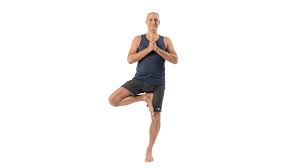
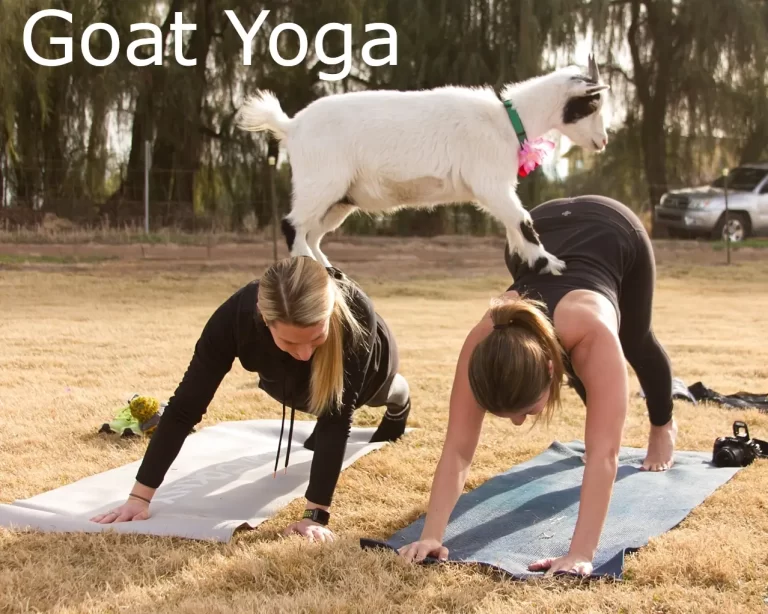
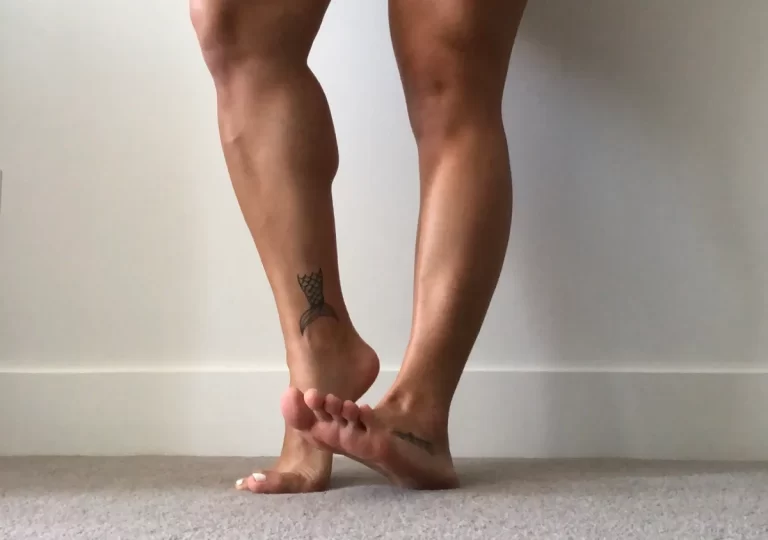
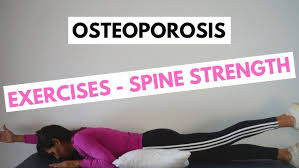
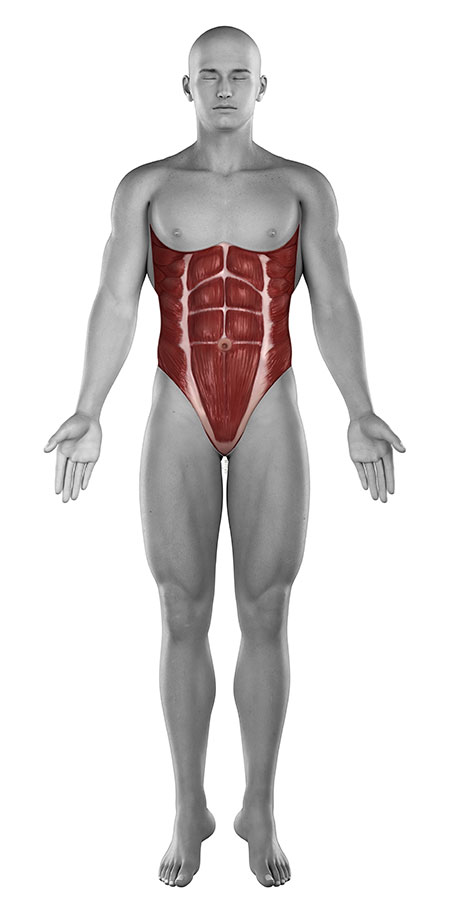
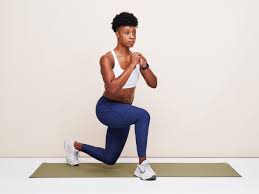
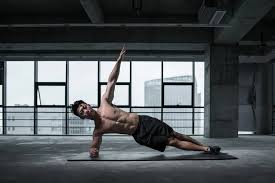
3 Comments